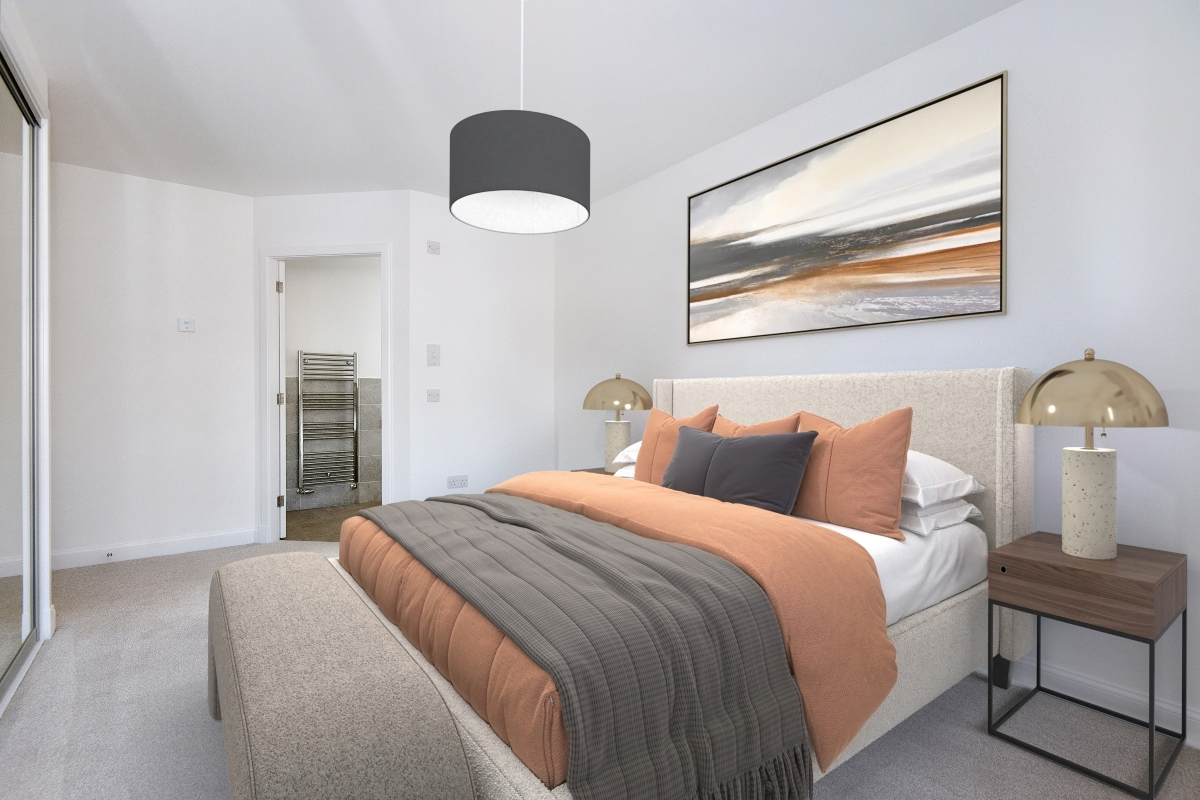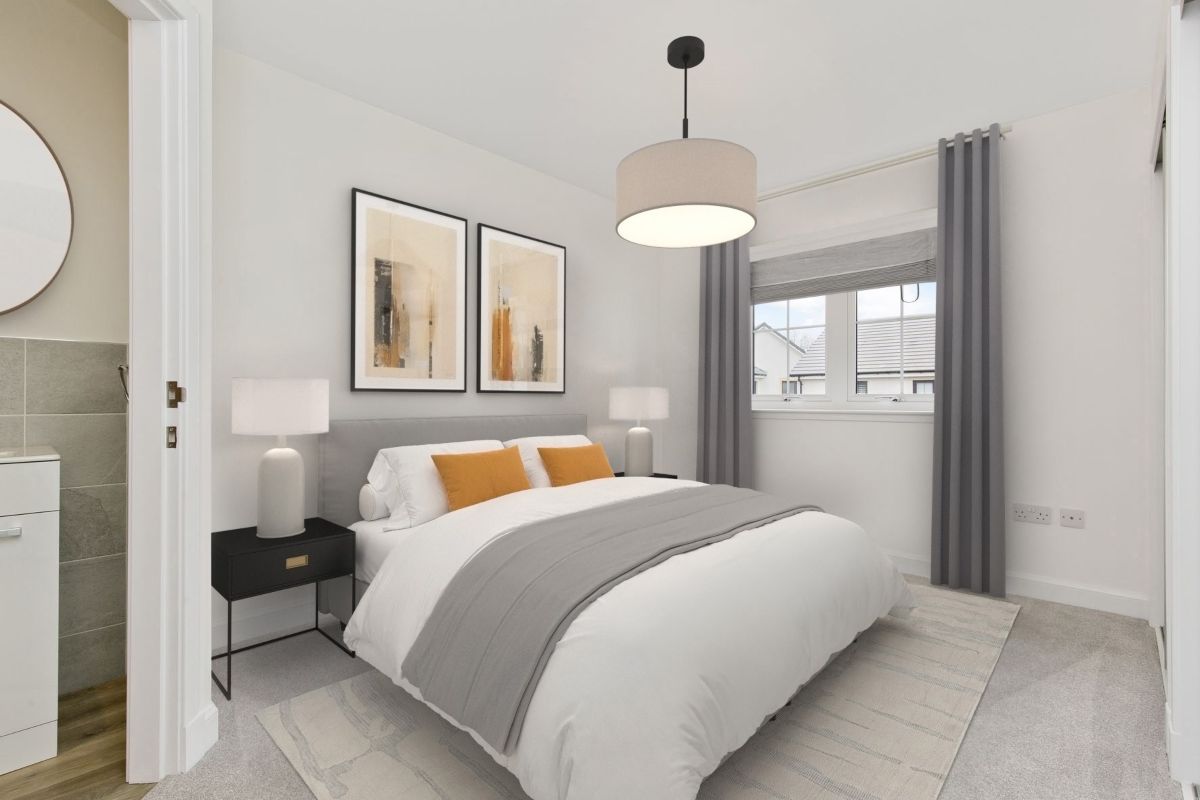Scotland is stunning, so much so that you never get tired of its beauty. Its rural landscape makes the ideal retreat to escape uninspiring city life. Highlands and coastal properties are the most sought-after by those who want a second home in Scotland. Whether it is a holiday home you want or a place to retire, nowhere else is as pretty, peaceful, and practical as the Scottish countryside for laid-back luxury. Here are all the reasons why it is going to be your best financial venture.
High Return on Investment
Over the years, Scotland has experienced a steady increase in property values. Since the start of the pandemic, Scottish property values have seen a steady rise. They have been resilient despite economic turbulence, bank rate rise, and as rest of the UK experienced dips and slumps in property prices. Investing in a second home now could allow you to benefit from potential future appreciation, offering the opportunity to earn a substantial return on investment.
Potential for rental income
Scotland attracts a significant number of tourists each year due to its stunning landscapes, historic sites, and cultural attractions. Buying a second home in a desirable tourist destination can provide substantial rental income opportunities, especially during peak travel seasons. Short-term holiday rentals or long-term leasing can generate a steady income stream and help offset ownership costs.
Holiday home
From skiing in Glenshee to visiting the Scone Palace, the iconic crowning place of Scottish kings, you are never going to run out of things to see and do here. Scotland is renowned for its breathtaking landscapes, including majestic mountains, picturesque lochs, and stunning coastlines. There are over 40 glens!
Owning a holiday home in Scotland allows you to immerse yourself in the country’s natural beauty and enjoy an extensive array of outdoor activities, such as hiking, fishing, cycling, or simply relaxing amidst serene surroundings. Scotland has more golf courses per head of population than anywhere else in the world! It means you’ll never be far from fairways and greens, no matter your skill level.
Scotland’s rich history and culture have endowed it with castles, ancient ruins, and charming towns steeped in legends. You can also look forward to vibrant cultural festivals and events all over the country throughout the year. Did we mention Hogmanay in Stonehaven? You wouldn’t want any other way to spend New Year’s Eve ever again.
Retirement-friendly
Scotland offers peaceful surroundings and a reasonable cost of living, especially outside big cities for retirees. It has comprehensive free healthcare. In 2011, Scotland became the only country in the UK to scrap prescription fees. It means you no longer have to pay for medicines prescribed by a doctor. Free Personal Care has been available in Scotland for adults aged 65 or over since 2002. Adults of any age assessed by their local authority as needing personal and nursing care, no matter their condition, capital, or income, are entitled to receive this free of charge. Scotland has a low crime rate, significantly lower than that of England.
Things to consider when purchasing a second home in Scotland
Budget
If you’re still paying your primary residence mortgage, you will need a decent chunk of equity for your second home – around 25% minimum, an LTV (loan-to-value) ratio of 75%. If you own your primary residence outright or can buy your second home in cash, it will reduce the risk to your lender, who can be confident that you can afford both properties. Your lender will want proof of a steady income, credit score, and a reasonable projected income for the second property if you have plans to rent it out to help subsidise the cost.
Getting a mortgage specifically for a holiday home means you can’t rent it out. If you’re planning to rent it out, you should apply for a commercial loan. If you are buying a property to rent out, some lenders limit the amount you can borrow. The rental income on your second home will have to exceed an agreed percentage of your monthly mortgage repayments.
Location
Whether you purchase a second home for letting, as a holiday home, or as both, the location determines how sound your investment is. Usually, residential properties in the countryside are the most popular type of second homes. The dramatic landscapes and glorious scenery can make these homes rental hotspots, havens for retirees, and dream holiday homes. It is natural capital, which translates into economic value.
Seaside homes, pastoral abodes, and homes close to glens, valleys, rivers, golf courses, historic sites, and other attractions have a high ROI as holiday homes and rentals. Sedate neighbourhoods and quiet country lanes offer tranquil vibes for getaways. Nearby farms, breweries, and top-rated eateries & pubs can increase the value of your property.
Legal Requirements
You have to pay an ‘additional dwelling supplement’ when you purchase a second home or buy-to-let property in Scotland. It means paying an extra 6% of the total purchase price on top of the standard LBTT rates for transactions on or after 16 December 2022. LBTT is the Scottish equivalent of Stamp Duty. A capital gains tax applies when you sell your second home if it has increased in value. Other legal requirements include paying council tax as you do with a primary residence.
Purpose of your second home and long-term plans
Buying a second home gives you flexible opportunities. It can be your holiday home as well as a holiday rental for others when you are not staying in it. It may even serve you as a retirement home or an investment for potential resale. The most important thing is securing a home suitable for all three purposes when you have the financial strength to do so.
Conclusion
Scotland will always be a place to come to, to cast your worries away and escape the stressful modern life. Its beauty, history, and rich cultural heritage will keep you spellbound, soothe your soul, and enrich your spirit. Don’t know where to begin to look for the perfect second home in Scotland? Discover GS Brown developments in the most picturesque countryside, positioned for convenience and well-connected with the rest of Scotland and London.




